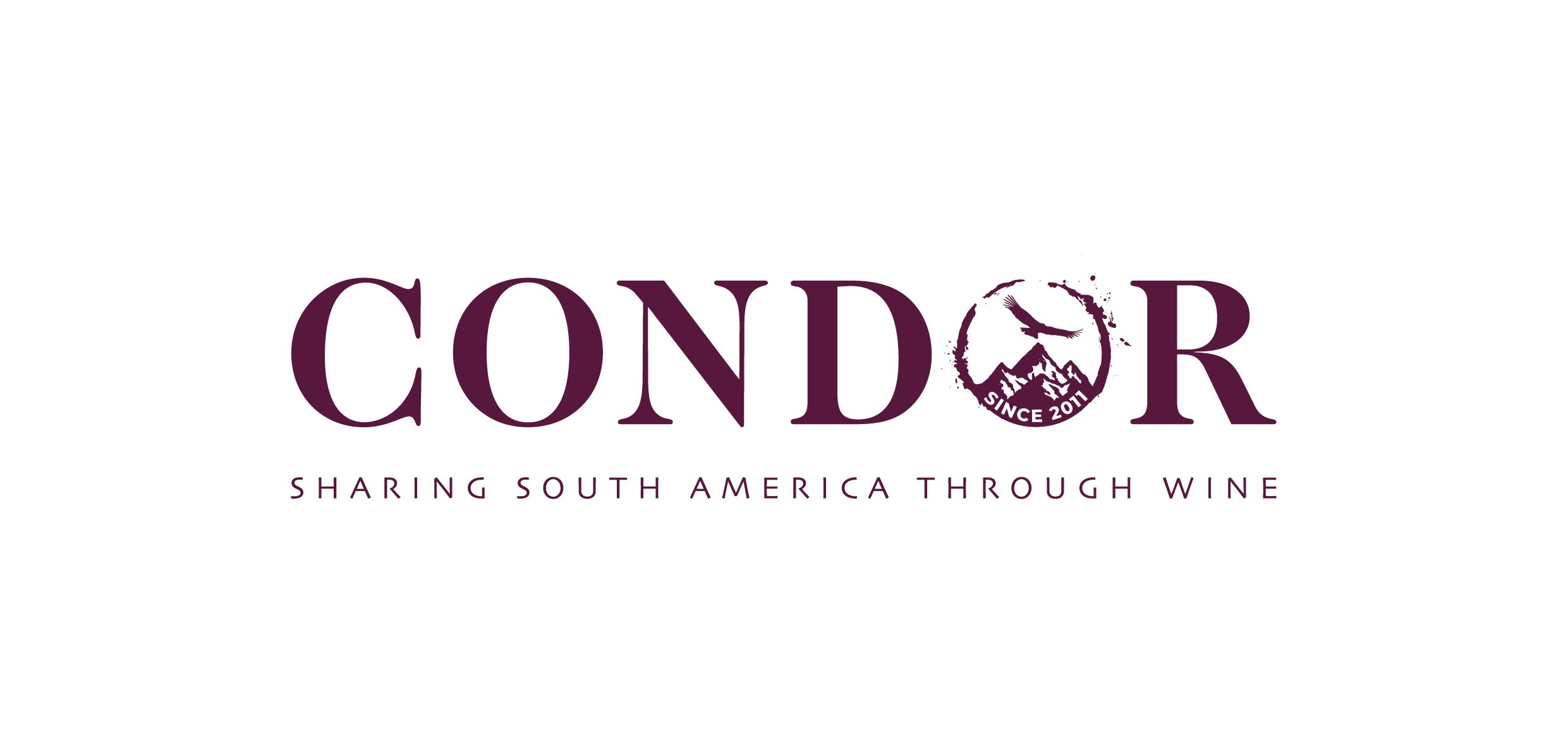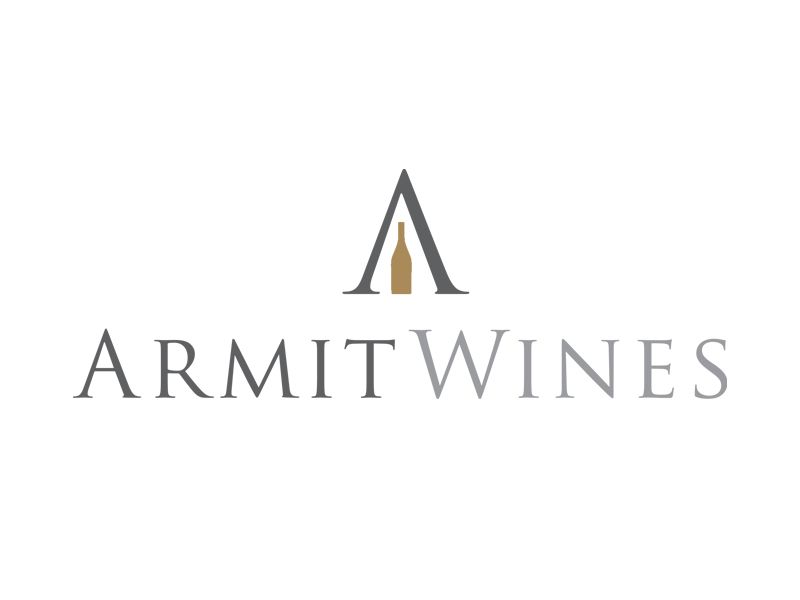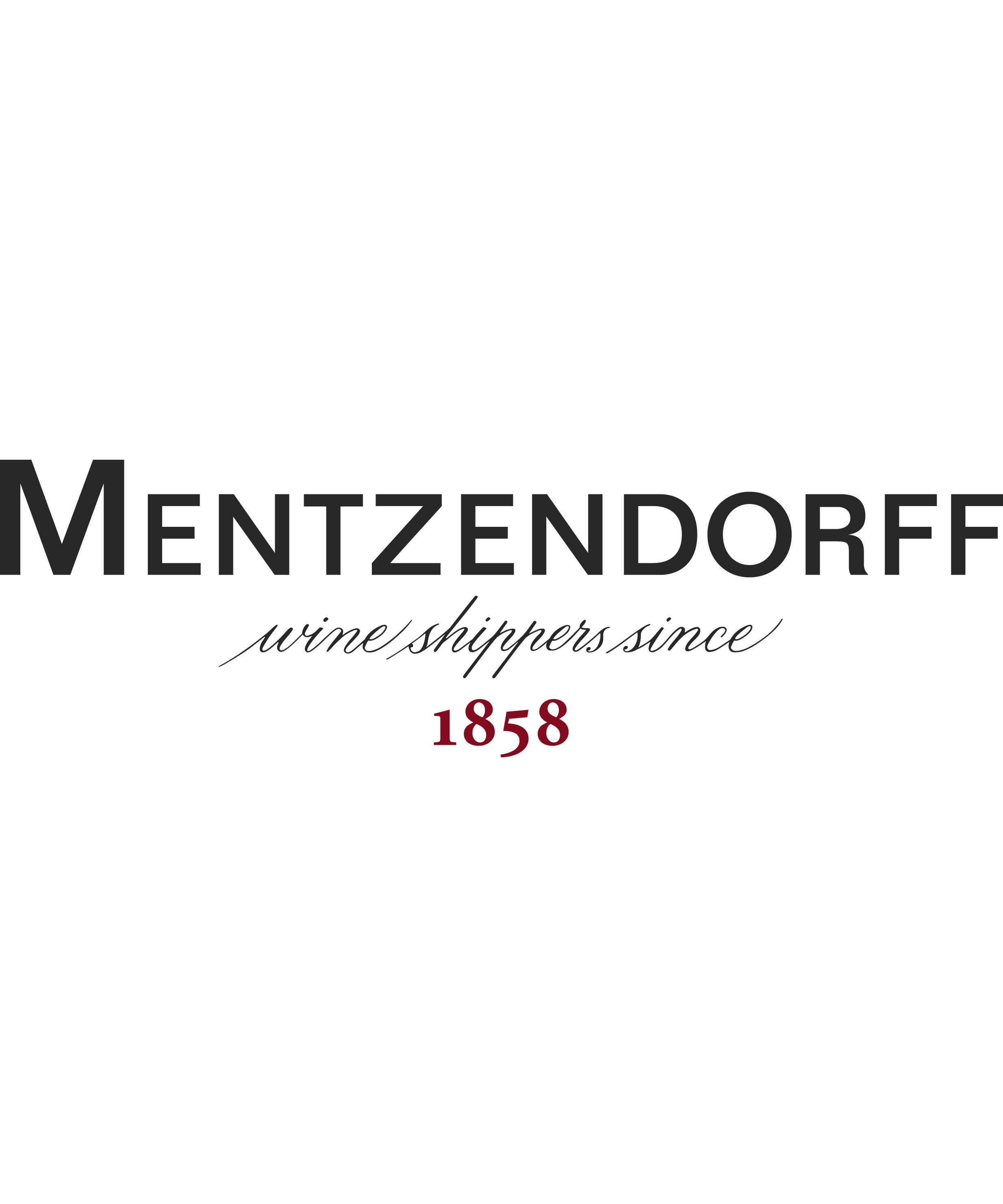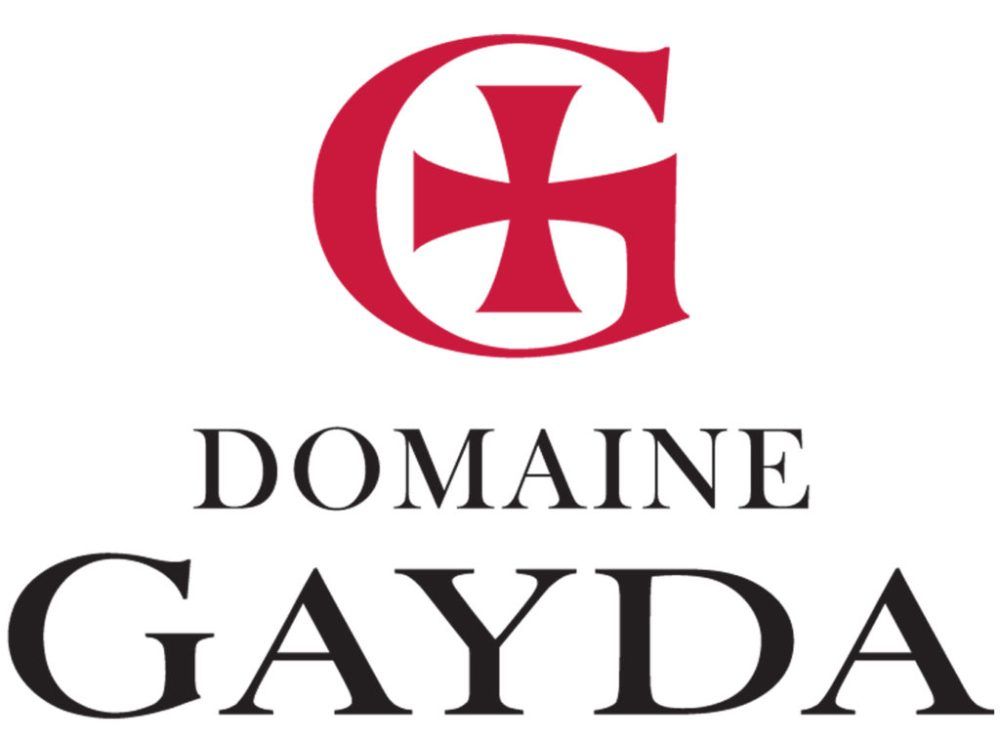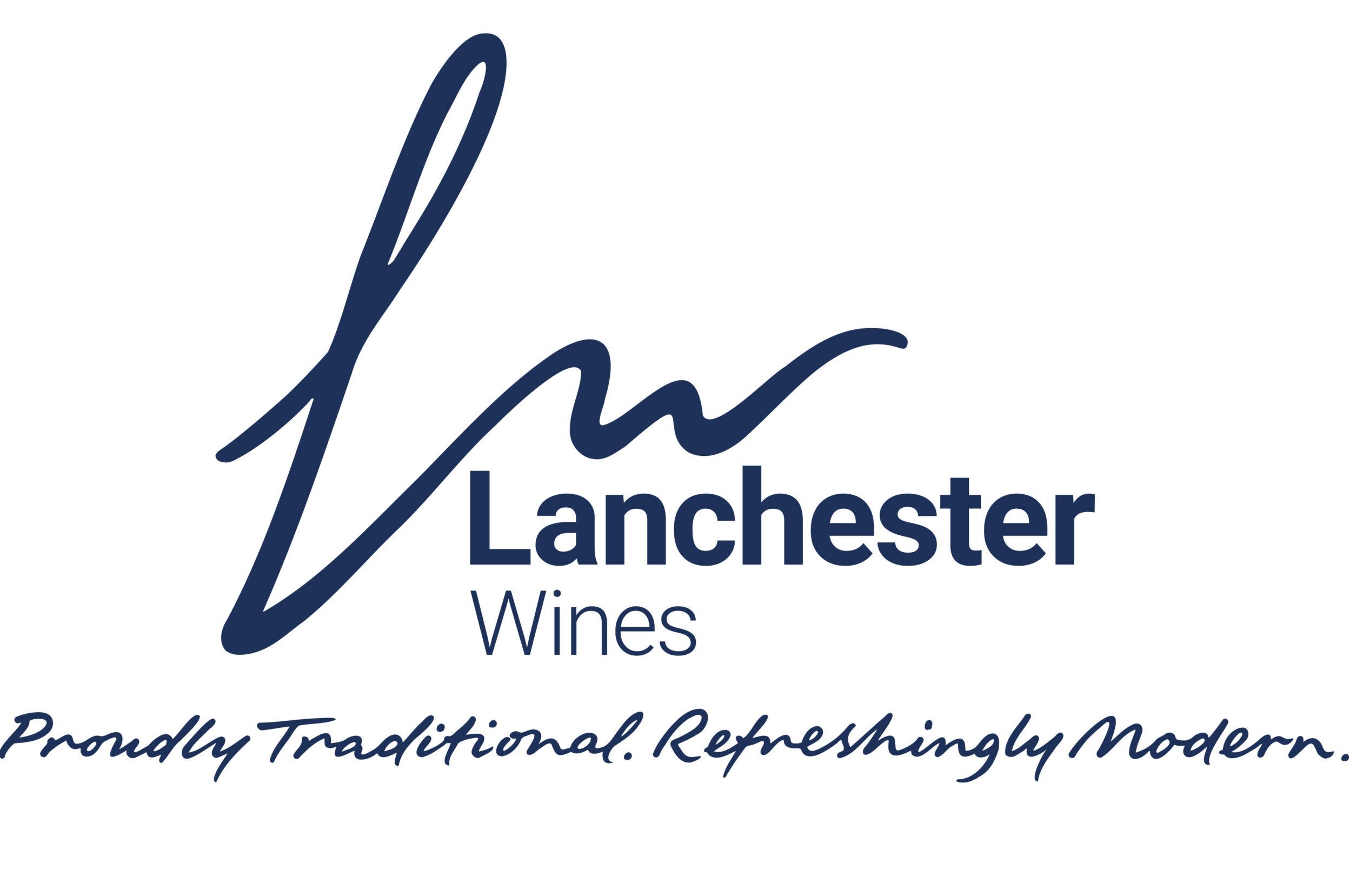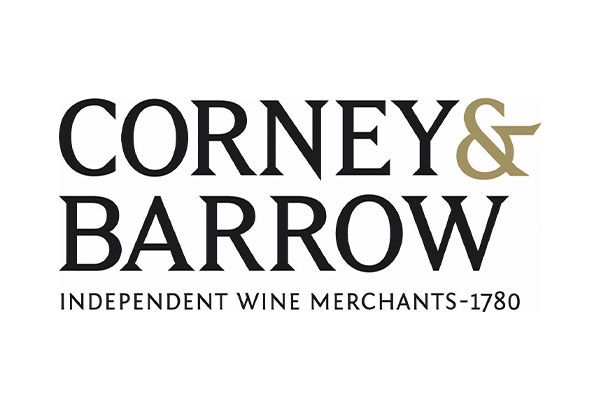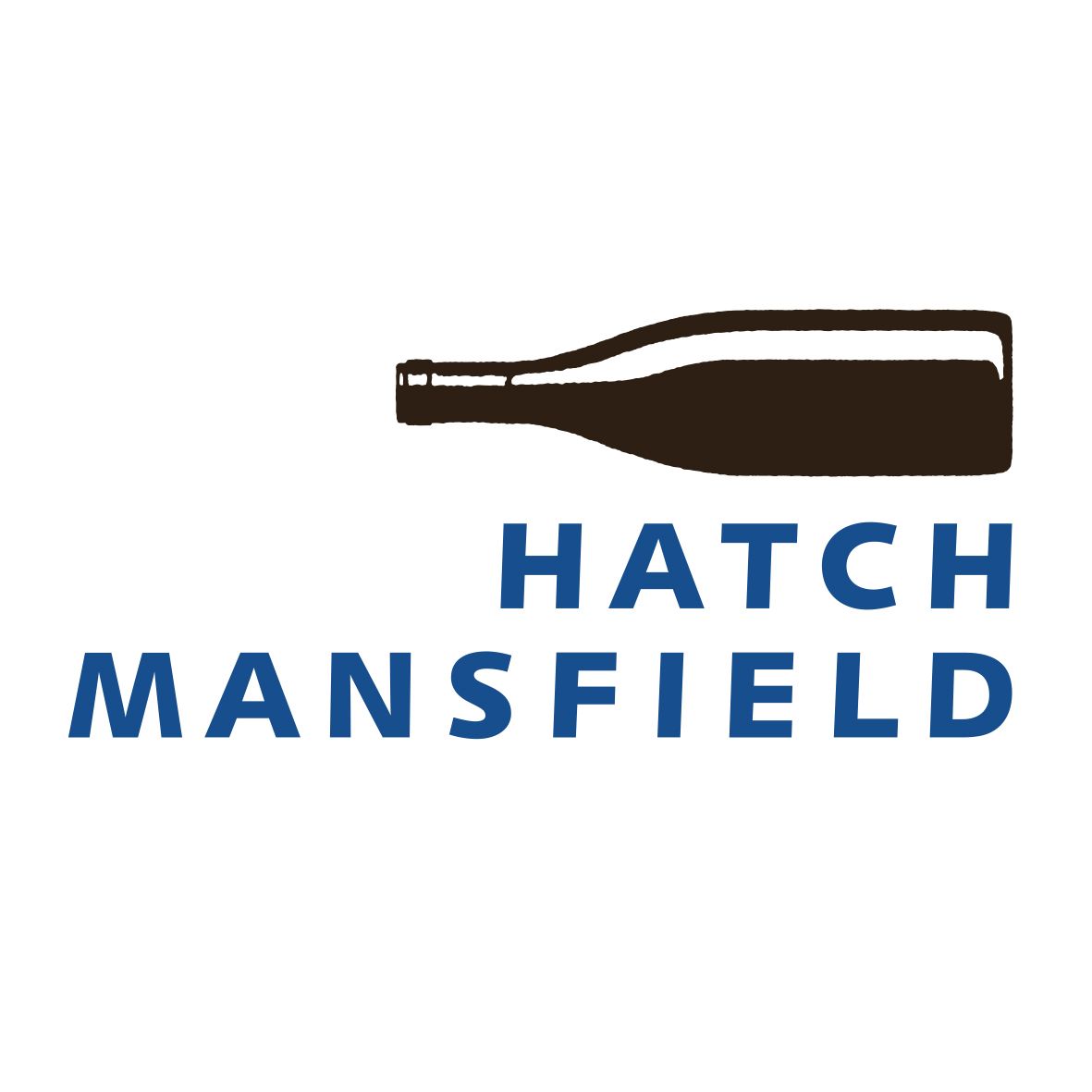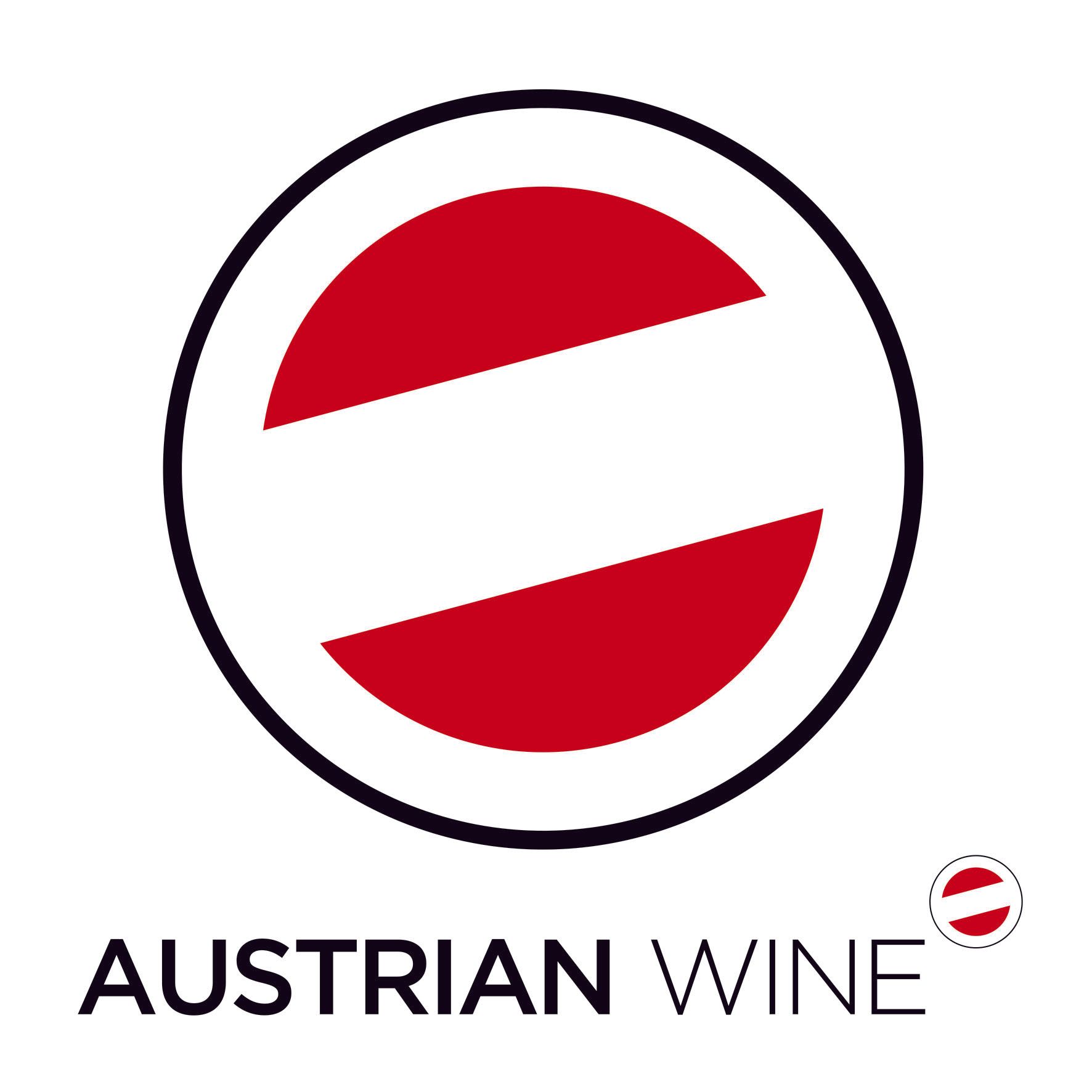Nestled neatly on Italy’s central eastern coast, Marche is blessed with sandy coves, limestone cliffs and medieval villages. The province is focused on agriculture and whilst it does not sit on the Milan-Rome-Naples axis that powers the Italian economy, its wines, and gastronomic scene, deserve greater attention.
The region has a long winemaking history and is most famous for its whites -led by Verdicchio, with the finest examples hailing from Castelli di Jesi. Its reds - chiefly Montepulciano from the maritime Conero DOCG – offer a style that’s fresher and more saline than examples from its slightly warmer southerly neighbour, Abruzzo.
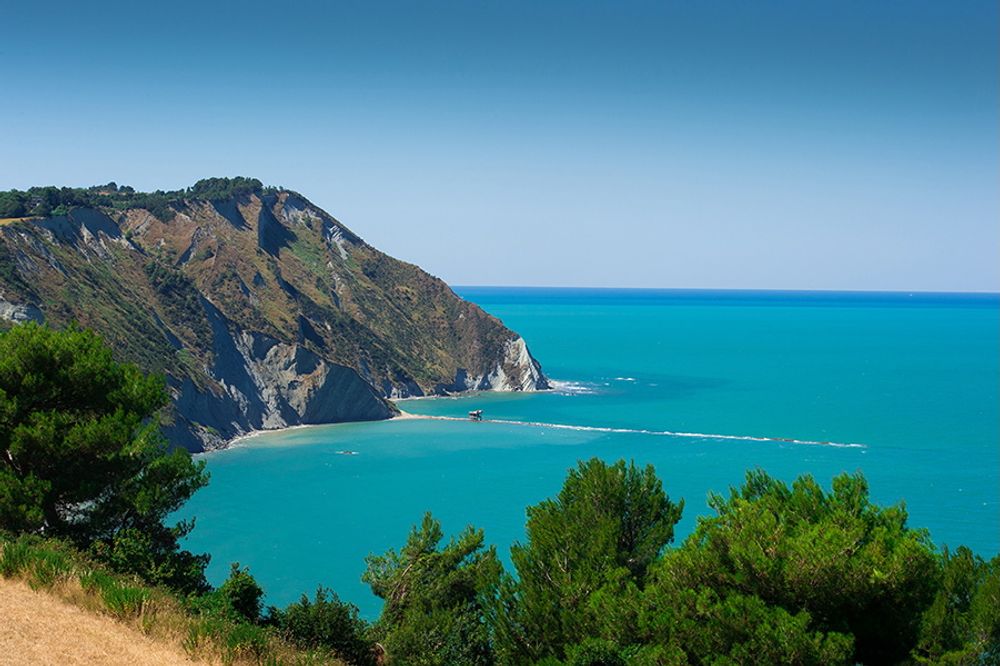
The Marche wine region is heavily influenced by the nearby sea
Marche’s modest but charming capital, the port city of Ancona, was established by Greek settlers around 387BC, its name inspired by the word ‘Ankón’, meaning ‘elbow’, a reference to the shape of the peninsula on which it is perched.
To shine a light on the region’s wines, The Buyer worked with local multigenerational family producer, Umani Ronchi, to bring a group of leading UK sommeliers to Marche, which translates as ‘marshes’. The aim was to give them firsthand experience of the region’s identity - its wines, culture and landscape - and explore the opportunities for its wines on their wines lists.
The panel included:
- Yelba Perez Saballos, assistant head sommelier at Dorian.
- Ryan Johnson, head sommelier at Umu
- Hannah Cripps, lead sommelier at Roe.
- Jessica Chesney, bar manager at Aviary.
- Francesco Adamo, sommelier at Matteo’s atAnnabel’s.
- Stefania Sanseverino, assistant wine director at Cornus.
They were joined by Silvia Pampaloni, Italian brand ambassador at Berkmann Wine Cellars, which imports the majority of Umani Ronchi’s wines into the UK.
Introducing Umani Ronchi
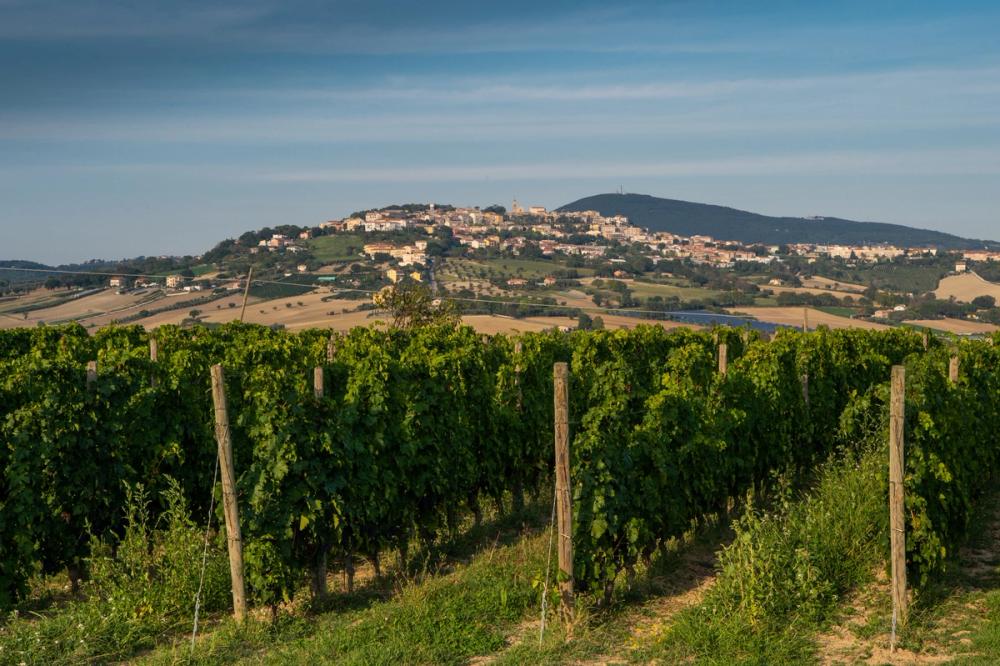
Rooted in the Marche region, albeit with a sizeable outpost further south in Abruzzo, Umani Ronchi offers the familiar Italian story of multi-generational family ownership, while perversely not actually carrying the name of the family owner. The story begins in 1957, when Dr Gino Umani Ronchi established a small winery in the heart of the Verdicchio Classico region; the Bianchi-Bernetti family were early investors, purchasing it outright a few years later, retaining the original name.
An early focus on exports - Umani Ronchi was a launch supplier for Enotria in the UK, back in 1972 – was matched with some serious investment in research to gain a detailed understanding of its terroir. The result is 12 vineyards across 210 hectares, totalling 185 kilometres of vine encompassing two provinces, the entirety now having the potential to be certified organic, all hand-harvested, with sustainability a key priority.

Michele and Massimo Bernetti
The family patriarch is Massimo Bernetti, whose father-in-law, Roberto Bianchi, was an original investor in the business. Now aged 89, Signor Bernetti Sr is in fine fettle, visiting the winery almost every day (he was there to meet us), while his son Michele Bernetti is the hands-on chief executive, overseeing three production centres, the largest at Osimo, with an annual output of around three million bottles, 65% of it exported to 60 different markets, the biggest being Japan.
“Our philosophy is to have an important slice of our production sourced from our own vineyards, so we have moved from 50 hectares to the current 220 hectares, meaning around two thirds of our production comes from our own vineyards. We have tried to be very constant through the years, not just following the latest trends, we value our heritage, but we also seek to innovate and improve,” says Michele Bernetti.
“We completed the conversion of our vineyards (to organic) last year, with a very attentive approach to maintaining our land, experimenting but always respecting the grape varieties and the local conditions.”
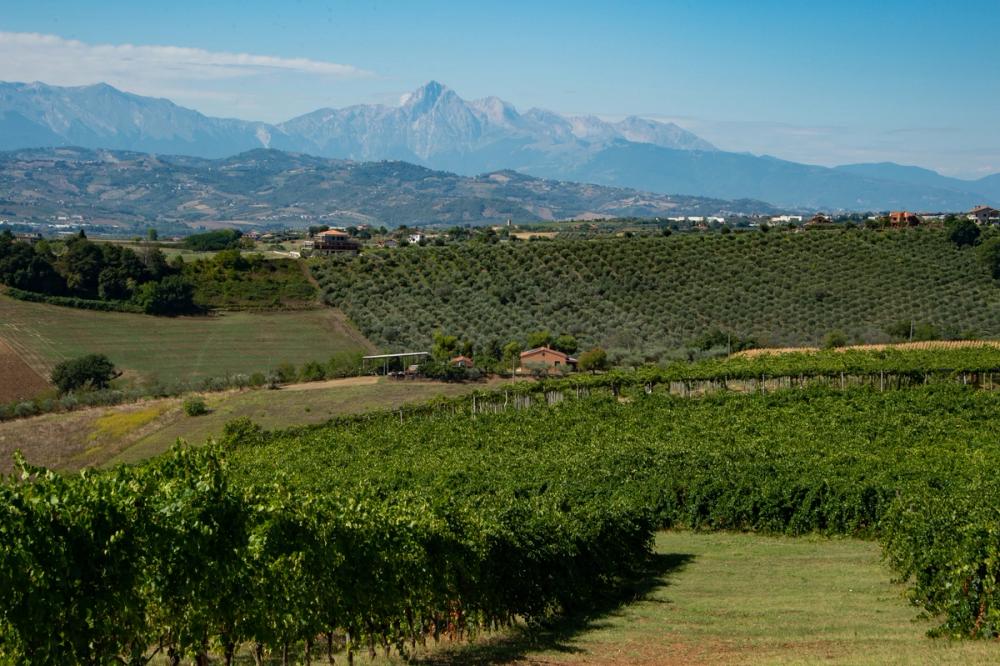
Umani Ronchi owns 12 vineyards spread across over 200 hectares

Talking about Umani Ronchi’s signature white grape, Verdicchio, he reveals a degree of frustration that the variety’s ability to age is not better understood: “People do not always recognise the potential of Verdicchio, it has a beautiful capacity to age, we are opening bottles that are 10 to 15 years old and the quality is just fantastic. We need to invest in communicating this, because people still tend to think about the simpler, more commercial styles of Verdicchio."
He adds: “It’s a variety that feels very contemporary, a non-aromatic varietal, it can sometimes be a little bit shy, but in this moment such wines are being appreciated, with consumers keen to get beyond the nose, to understand the depth and texture of the wine.”
When it comes to the winery’s reds - hailing from both Marche and Abruzzo, Bernetti talks passionately about the often under appreciated regional diversity of Montepulciano: “It has enjoyed success at a volume level and is now the fourth most planted red variety in Italy, but Montepulciano is quite different depending on where it’s coming from.It is a very generous and versatile wine which has a different character at altitude and close to the sea, with a bit more freshness and acidity, so it is a grape with different faces.”
Umani Ronchi’s range

Michele Bernetti is now in charge of the Umani Ronchi operation that is exporting wine to over 60 countries
Across the two full days of the trip, more than 20 different wines were tasted, with whites the focus for day one - tasted at Villa Bianchi, a country house within the Verdicchio vineyards of Castelli di Jesi - and reds the theme for day two - tasted in a rustic outbuilding close to the vines at Conero - while Umani Ronchi’s wines were also enjoyed with dinner at ‘Wine Not?’, a bistro within Ancona’s recently restored Grand Hotel Palace, also owned by the Bianchi-Bernetti family.
For the whites: standout wines included:
- Casal di Serra Verdicchio dei Castelli di Jesi Classico Superiore 2023, launched for the UK market in 1983, certified organic, with subtle herbal intensity and a crisp saline finish, representing excellent value at a trade price close to £14.
- Vecchie Vigne Verdicchio dei Castelli di Jesi Classico Superiore 2022, produced from vines up to 50 years old, with notes of straw, herbs, gentle citrus and even more salinity in the finish, again offering value at just over £20, trade.We also enjoyed a 2016 vintage of this wine to underline its impressive ageing potential.
- Plenio Castelli di Jesi Verdicchio Riserva 2022, priced for the trade around the £20 mark, which undergoes some well-judged oak ageing (40% in 5000 litre casks for 12 months), offering butterscotch notes to complement pithy lemon, golden apple, with impressive textural richness.Once again, aged examples were offered, including a golden-hued 1999 example, which retained some notable mid palate freshness at 26 years of age.
- In the fine wine bracket was Vecchie Vigne Historical Verdicchio dei Castelli di Jesi Classico Superiore 2019, priced around £37 for the trade, was outstanding: aged for five years in a mix of concrete and stainless steel before release, it offered compelling complexity, delicate nuances of citrus and fresh sorrel, waxy texture and notable length.
Also deserving of a mention, from Umani Ronchi’s range of Abruzzo wines, Centovie Pecorino 2022, priced at just under £18 for the trade - the beautiful artwork on the label giving it real shelf appeal - offered vibrant lime and citrus blossom character, with purity of fruit, and a singular mineral-driven crispness, underlining the untapped potential of Pecorino.
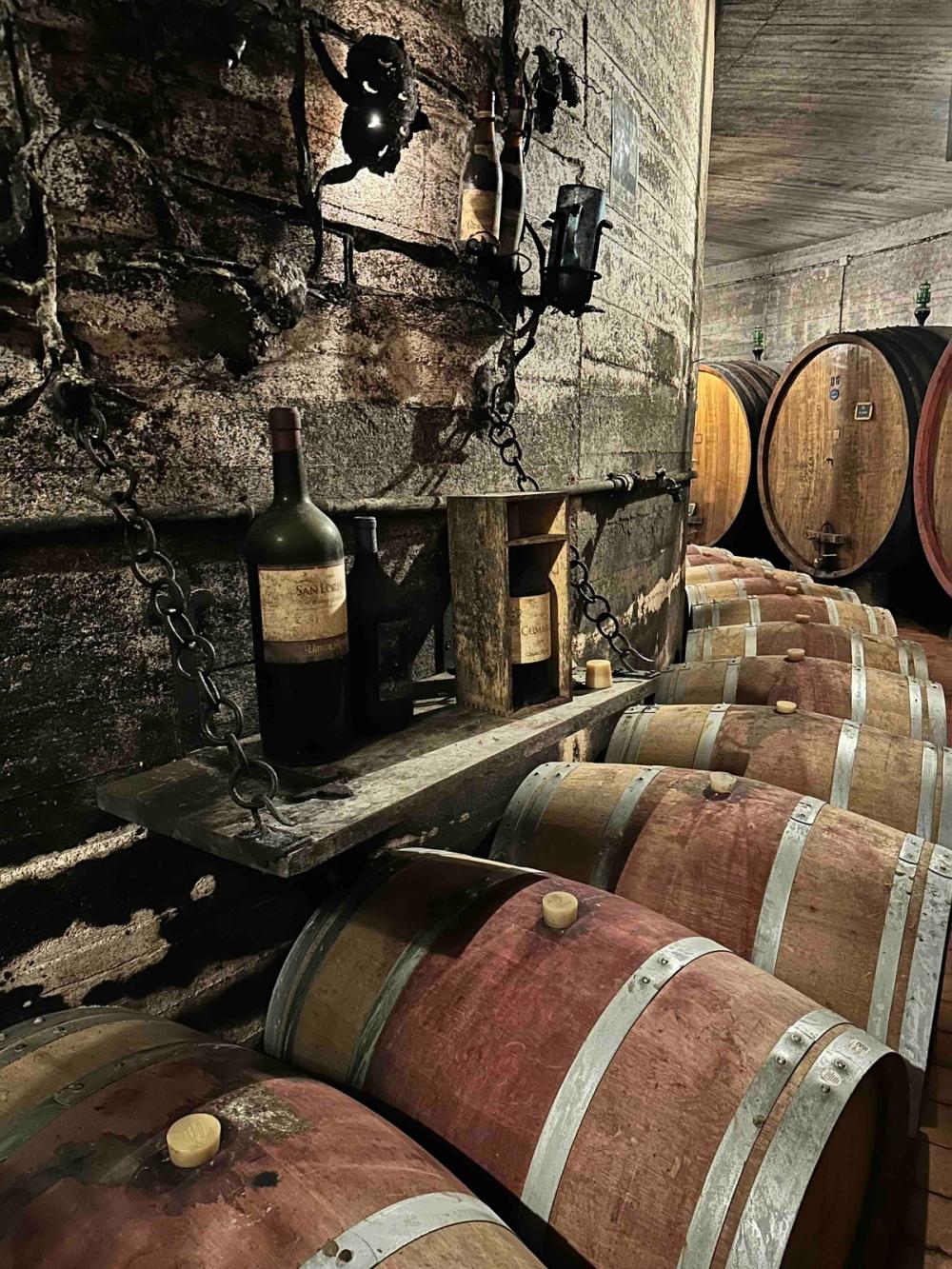
Turning to the reds, standouts included:
* Cumaro Rosso Conero Riserva 2021 DOCG, trade price around £23, 100% Montepulciano from coastal vines around 200 metres above sea level, with 12-14 months in barrel, with brightness to its berry fruits, pot pourri, plum crumble and silky tannins.
* Its fine wine counterpart, Campo San Giorgio Conero Riserva DOCG 2020, priced at £55 for the trade, the top wine from the Conero portfolio, a year in barrel, a further year in large format oak, with deep concentration, a herbal undertow and long, savoury finish.
* While Pelago 2021 also impressed us hugely: 50% Cabernet Sauvignon, 40% Montepulciano and 10% Merlot, designed as a ‘Super Marche’ by the late Giacomo Tachis, renowned creator of ‘Super Tuscans’ Tignanello and Solaia.Sleek, with wonderful intensity, this IGT Marche blend offers extraordinary value when compared with its cousins in Tuscany, at around £30 trade price. Its serene ageing potential was also highlighted with a tasting of Pelago's 2015 vintage, drinking well now, it still offers tantalising unleashed power.
Sommeliers’ views

The trip was an opportunity to introduce the region and Umani Ronchi to an influential group of sommeliers
Reflecting on the tasting, the value offered by Umani Ronchi impressed Hannah Cripps: “This was some of the best Verdicchio I have ever tried; fresh, dry and crisp, it was fascinating to understand the difference between the impact of concrete tanks and stainless steel on the wines. The Casal di Serra was exceptional, perfect for us.
“We have a few Verdicchios at that price point and that beats all of them, but what really stood out for me was the red wines, the lighter style of Montepulciano from Conero when compared with the style I am used to from Abruzzo, the freshness, the balsamic, the salinity.”
Jessica Chesney was impressed by the measured approach to winemaking: "They do a lot of interesting things with Verdicchio, without overpowering it or trying to make it something that it isn’t. People want something that they know that’s also just a bit different and gets them out of their comfort zone, and these wines are potentially ideal for that.”
For Ryan Johnson, the attention to detail was striking: “It’s such a huge winery, yet they are doing so much by hand. To keep that quality, while producing that quantity, is really special (and) the value the wines offer is great.”
While Yelba Perez Saballos was struck by the ageability: “The entire selection of Verdicchios is very impressive and it was wonderful to experience the ageing potential of the variety.The old vine Verdicchio is beautiful, very easy drinking, with some lovely texture, a very gastronomic wine.”
Puglian-born Stefania Sanseverino said the visit had been a revelation: “The reds are unique, true expressions of the terroir.The whites are very well balanced, showing an amazing freshness.Overall, we had excellent wines, from the entry level through to the top. Marche is an area of Italy that is a little bitunderestimated, it is not so well known, so our job is to educate people to try to make them understand that there is so much to discover.”
For Francesco Adamo, a Sicilian, the trip underlined the potential of one of his country’s lesser-known regions: “Umani Ronchi wines are a really good expression of Marche.I think the wines express how simplicity, understanding of terroir and winemaking can bring really beautiful results without having to reach to a very high price. It has been such a useful exercise to put Marche on the wine map for us and it was so good to meet the CEO, Michele, who has such a humble, respectful soul that really translates into the wines.”
For Berkmann’s Silvia Pampaloni, the short trip highlighted a range of wines in tune with the times: “People seem to be gravitating towards wines that are naturally a bit lower in alcohol and many are into sustainability, organic wines and indigenous grape varieties too, so Umani Ronchiare doing fantastic work to build knowledge of what Marche has to offer."
- For more details about Umani Ronchi go to its website here.
- For more details about Berkmann Wine Cellars go to its website here.


